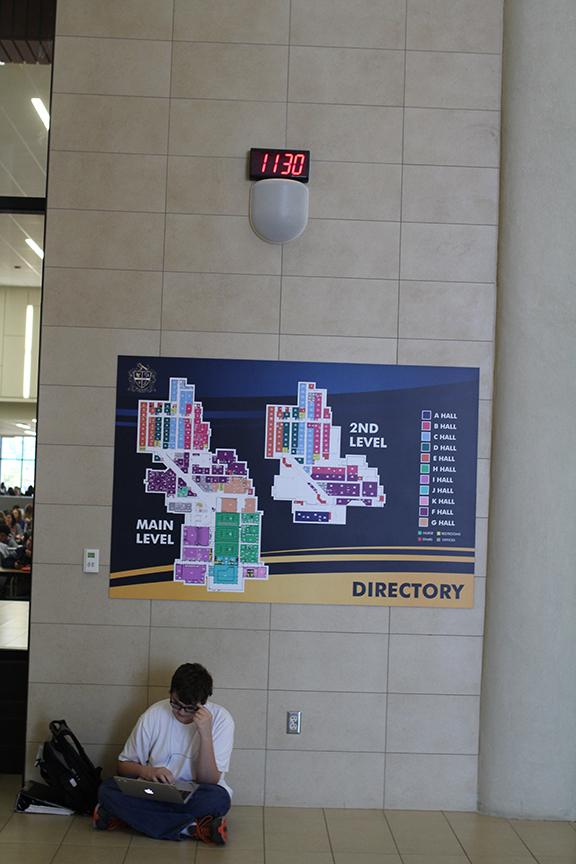New Bell Schedule Brings Benefits
Teachers, students gain more time to eat
January 25, 2016
For the first time in ten years, administrators have implemented a new bell schedule with thirty-minute lunches and shorter classes. The new schedule took effect beginning of second semester.
The new schedule allows teachers and students to take time and eat their lunch.
Last semester, lunch was 25 minutes long. Unless students packed their own lunch from home, there was barely enough time for students buying their lunch to stand in line, sit down, and enjoy their meal. Eating should not be a rushed activity, and now it’s not. Administrators and teachers always expect good test results. With the old bell schedule, students were expected to perform to their best ability on a half-fed stomach. Now, we are no longer expected to do the impossible. Teenagers are always hungry, and when it’s lunchtime, they should have enough time to eat. In the school world, five minutes provides more than enough time for this.
Teachers also benefit from the new schedule. By state law, instructors are required to receive thirty minutes of lunch. Before second semester, the thirty-minute block of time included the five minutes passing period. Teachers exhaust a lot of energy educating kids and keeping them on task; the least they deserve is a solid amount of time to refresh from the chaos with a satisfying lunch. Teachers are always viewed like they don’t have lives outside of school. Unlike students, lunchtime is usually the only time when teachers can socialize amongst their co-workers. Teachers work just as hard as students. They’re still humans. And they deserve a proper lunch break.
Those against the new schedule complain about the confusing, odd times classes end at. Yet, teachers dismiss, not the bell. It will take time and accommodation, but as long as students are paying attention to their teachers, knowing when to pack up and leave for the next class should not be a problem.
Even though each class period is a few minutes shorter, the overall gain of the new schedule maximizes the effort of both teachers and students. Before the new schedule, classes didn’t use every second of every minute learning. Instead of wasting down time, zoning out or creating ruckus, students and teachers can enjoy a full meal. While McKinney High School epitomizes tradition, change for the better trumps ritual. The new schedule is here to stay. According to Mr. Butler, “it will continue indefinitely, and if anything, increase to thirty-five minute lunches.”

